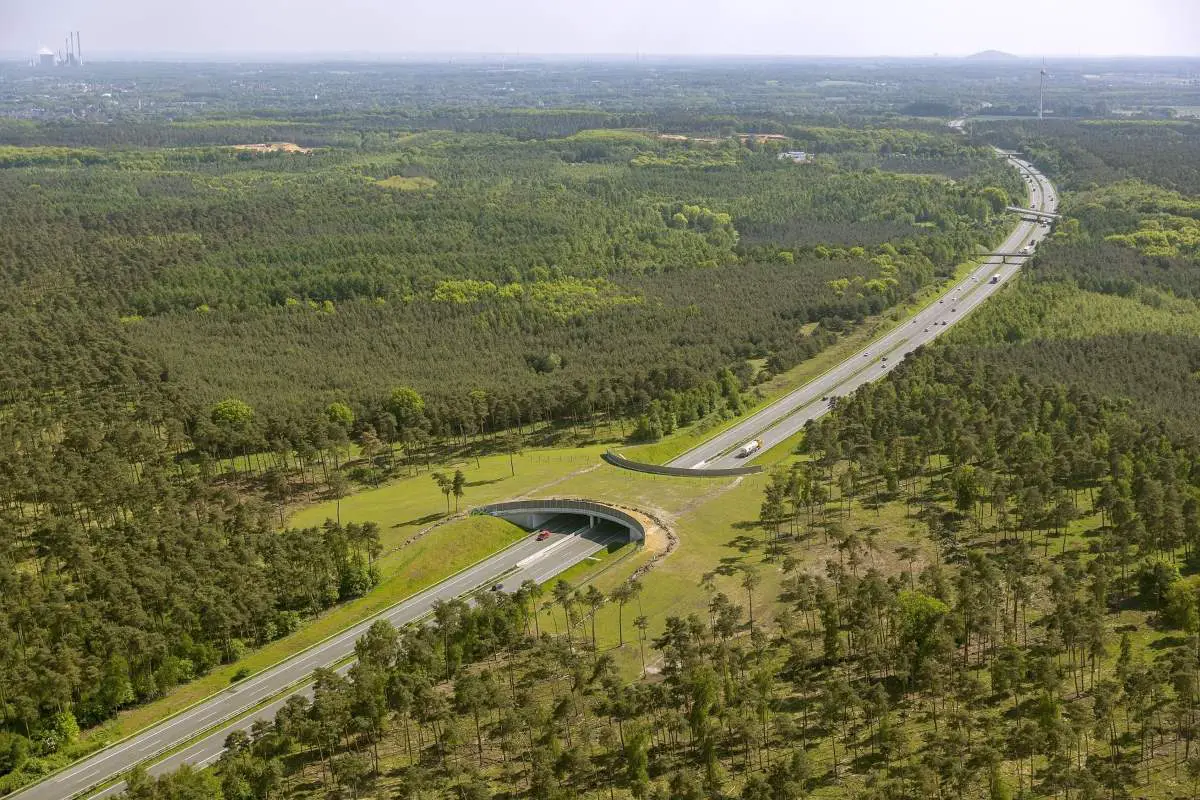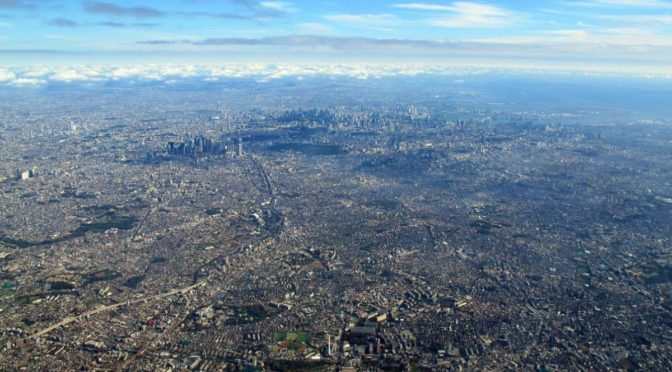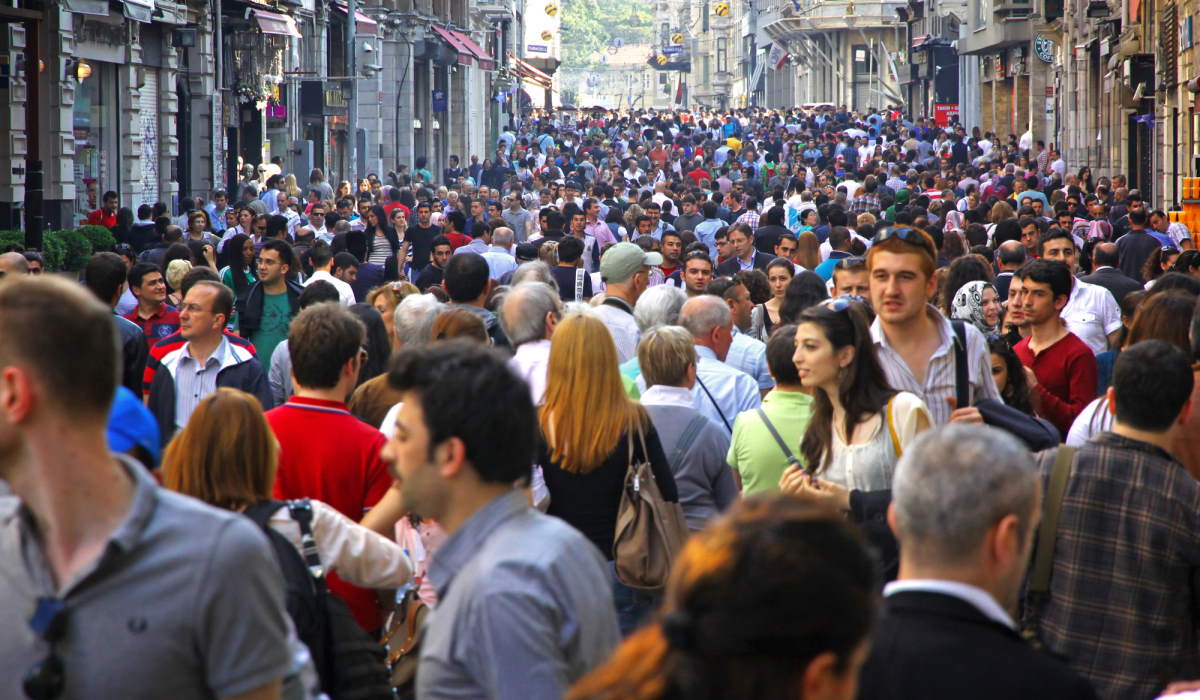The environmental impact of cigarettes is well documented: For more than 30 years, cigarette butts have been the most collected type of beach litter. Cigarette butts also account for approximately 38% of litter items globally and can take about a decade to biodegrade.
Category Archives: People
Why Environmental Damage Is Also Harming Our Veterans
Typically, environmental causes are associated with left-leaning politics, and pro-military action is publicly associated with the right. However, a large number of veterans are liberals or are willing to embrace bipartisanship when it comes to sustainability. Thus, some veterans are speaking up about environmental damage.
Wildlife crossings make animals and people safer
Wildlife crossings over (and under) the highways could make animals (both wild and domesticated) and people safer. Our expanding network of roads is interrupting and fragmenting the territories of wild (and also domesticated) animals who need to cross our roads in search of food, water, mates, and shelter. Many are routinely struck and killed by …
Continue reading “Wildlife crossings make animals and people safer”
Humans walking on two legs because of exploding stars, new study says
Walking on two legs is an evolutionary leap that led humans to conquer the world. But, why humans are walking on two legs? It’s still unclear. Now, according to a new study published in the University of Chicago’s Journal of Geology, the reason might be exploding stars a few million years ago.
Did European Colonisation precipitate the Little Ice Age?
Many of us think that rapid environmental change is a quintessentially modern crisis. Today, temperatures are soaring, topsoil is washing away, phosphorous is being diluted, forests are retreating, pesticides are sterilising farmland, fertilisers are choking waterways, and biodiversity is plummeting under the onslaught of overpopulated, industrialised societies. Some of these changes are indeed truly new. …
Continue reading “Did European Colonisation precipitate the Little Ice Age?”
The urbanization of the world
The world has been urbanizing rapidly in recent decades. In 1950, only 30 percent of the world’s population lived in urban areas, a proportion that grew to 55 percent by 2018. The global urbanization rate masks important differences in urbanization levels across geographic regions. Northern America is the most urbanized region, with 82 percent of …
How Cities Will Evolve to Become More Sustainable
Increasing environmental sustainability has become an important topic both on the minds of many individuals and in the media. This is for good reason – recently, studies have starkly illuminated the impact of climate change and the role humans play in increasing global temperatures. With sobering consequences such as drought and more severe weather patterns, …
Continue reading “How Cities Will Evolve to Become More Sustainable”
The Earth’s carrying capacity for human life is not fixed
In a recent Nature Sustainability paper, a team of scientists concluded that the Earth can sustain, at most, only 7 billion people at subsistence levels of consumption (and this June saw us at 7.6 billion). Achieving ‘high life satisfaction’ for everyone, however, would transgress the Earth’s biophysical boundaries, leading to ecological collapse.
Two new innovations to save children from dying
Thanks to improvements in healthcare and many other areas, people today are living longer, healthier, and happier lives than ever before. And what’s more, these improvements are global. It’s happening in developing countries as well. Africa, the poorest continent (eighteen of the poorest countries by GDP per capita are in Africa) is also no exception: …
Continue reading “Two new innovations to save children from dying”
World’s Water Inequality Crisis
Despite today people are living longer, healthier, and happier lives than ever before, there are still many problems that humanity should address. One of the most important of them is water inequality. While people in First World countries can very easily take fresh, clean water for granted, more than 800 million others in impoverished areas …









